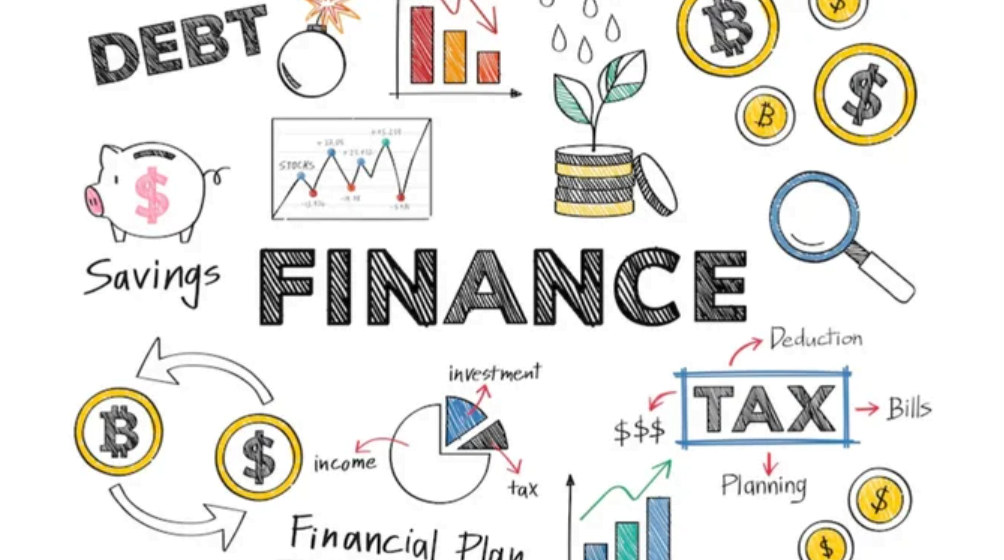Physical, emotional, mental, and financial well-being are all components of overall well-being. While financial planning is widely recognised as important, financial literacy is frequently disregarded, particularly among women. Women must have the same power to make financial decisions as men, but in India, many women face physical, psychological, social, and cultural obstacles that make it difficult for them to become financially literate.
India and Southeast Asia are thought to have some of the lowest financial literacy rates in the world, with over 70 per cent of adults lacking basic financial knowledge. A person who lacks financial literacy, according to the OECD, would not have the information, abilities, mindset, or conduct necessary to make wise financial decisions and secure their financial well-being.
Why are women still less financially aware in India?
Despite efforts to improve financial literacy, there remains a gender gap in the proportion of financially literate adults, with women having less influence over financial decisions in households. Factors such as inadequate financial literacy education and limited access to resources contribute to this imbalance. The RBI has implemented standards to promote financial literacy, but a significant portion of the population, especially women, still lacks basic financial knowledge.

Gender differences exist in the problem’s severity. Thirty per cent of women and thirty per cent of men worldwide possess financial literacy. In developing economies, the gender gap in financial literacy is even more pronounced. In India, for instance, only 20 per cent of women and 27 per cent of men are financially literate.
This is explained by patriarchal attitudes, which are particularly strong in conservative Asia and frequently assign women to the role of homemakers and caregivers. There is an unspoken belief that women do not need to be as financially astute as their male counterparts because women are simply not expected to be involved in financial decision-making when men are the bread earners.
A survey conducted by Tata AIA in India found that although more women are joining the workforce, many still do not make independent financial decisions. The survey revealed that most women do not feel financially independent and do not make their own financial decisions. This trend is more common in tier 3 markets, where 65 per cent of working women do not make independent financial choices. Despite progress in women’s empowerment and gender equality, women still do not have control over their finances.
What then are the contributing factors to this?
Cultural and societal norms: Women are frequently prohibited from handling household finances by their families. It is traditional for men to manage the family’s finances and for women to take care of the house and family. Because men handle financial decisions and matters, most Indian women would rather not be involved in them. A recent study by DSP Winvestor Pulse found that 67 per cent of women consult their husbands before investing.

Lack of awareness: The government has implemented financial literacy programs like FEPA to educate adults about financial matters, but many women are unaware of available financial services and programs. This lack of awareness hinders their ability to achieve financial independence, especially in remote areas where financial institutions are not easily accessible. Women perceive accessing these services as time-consuming and costly.
The multifaceted roles of a woman: Women today are balancing a lot between their personal and professional responsibilities, often taking on more unpaid work at home compared to men. Some women are restricted from pursuing education or work of their choice, while others face biases in the workforce based on gender stereotypes such as maternal bias and the glass ceiling.
Despite various challenges, the percentage of Indian women in leadership roles as CEOs or MDs has significantly increased in recent years, reaching 55 per cent in 2022. Women are also making strides in various fields, with 28 per cent of members and 42 per cent of students at the Institute of Chartered Accountants of India being women. They are also effectively managing household finances through budgeting, saving, and planning expenses. Increased participation of women in all aspects of life, coupled with financial literacy, will not only empower them but also improve living standards for their families and ultimately contribute to the nation’s progress.
Need for financial empowerment of women in India
The economic empowerment of women is an urgent requirement. Following demonetisation, many homemakers had accumulated savings from their monthly expenses, which could have grown significantly if they had better knowledge of financial investment options. Increased financial literacy among women leads to economic security, independence, and confidence in financial decision-making. Specific actions and programs are needed to achieve this goal.

Unconscious bias presents a significant challenge in creating a financially literate workplace, as it can impact hiring, mentoring, and promotions, particularly for women. To combat this, everyone in the organisation needs to recognise and address their unconscious biases through open discussions. Women should be supported in participating in investment learning programs and understanding their salary and tax structures. They should also be encouraged to advocate for themselves and their advancement opportunities.
Organisations need to establish fair HR policies that provide equal opportunities for women to grow and succeed. Hiring, training, pay, and promotion decisions should be based on merit and not influenced by gender. HR can play a crucial role in ensuring these practices are implemented effectively. Additionally, it is beneficial for women to receive financial literacy training to improve their financial knowledge and skills.
Implementing financial literacy in the workplace can lead to various benefits for both companies and female employees, such as increased productivity, focus, reduced stress, and higher retention rates. It is important to raise awareness that women need a variety of financial skills to thrive in today’s world. These skills, including budgeting, saving, understanding financial services, debt management, negotiating financial terms, and investing, are essential for personal and professional success. Therefore, women should be educated about these financial concepts through awareness programs and courses that focus on key aspects of life planning.
Equitable economic growth through improved financial literacy
Digitalisation is a major global trend that governments are using to increase access to financial services, but without financial literacy, it can lead to financial difficulties. Improving financial literacy is crucial for advancing financial inclusion and empowering women economically. Educating women can have a positive impact on their families and future generations, especially in Asia where women are often the primary caregivers.
Empowering women with financial knowledge can lead to long-term progress and inclusive prosperity. Financial independence is important for women as it not only boosts their confidence but also allows them to have an equal say in important decisions. This is why financial literacy is essential for all women, regardless of their background or income level.





